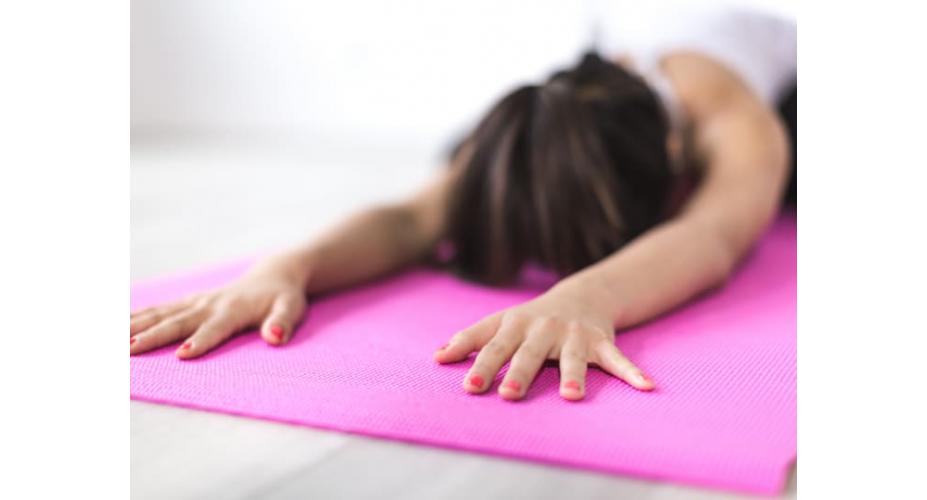
All fitness nerds and research geeks support the foam roller. Here's why.
Foam rolling is the tooth flossing of fitness — the homework you know you ought to do yet sometimes skip. However, it behooves you to roll regularly: Research has concluded again and again that foam rolling increases muscular flexibility and range of motion, accelerates recovery and reduces delayed onset muscle soreness. And while static stretching before workouts and games can reduce power and strength, foam rolling preworkout can actually improve your range of motion without negatively impacting performance, making it the ideal warm-up tool.
Even though we know we should roll regularly and why, exactly how does foam rolling work? It's not 100 percent clear, but it all comes down to fascia.
Theoretically Speaking
Fascia is possibly the most connective of all the connective tissues. It can be found everywhere in your body — between the skin and the muscles, surrounding each muscle (and each bundle of fibers within that muscle) and even encasing your heart. In fact, fascia may be just as important as the muscle itself because it can transmit mechanical stress from one area to another, is jampacked with sensory nerve endings and could play a role in muscle tissue regeneration.
There are two leading theories on how foam rolling works to treat fascia, improve movement and decrease pain:
Theory No. 1:
Foam rolling deforms fascia — changing its shape and fluid properties. Trauma to fascia (like exercise) causes adhesions or "knots" in and around the fascia, which we can effectively "knead" out with the roller to improve mobility and decrease pain. Researchers also speculate that rolling helps hydrate the fascia, potentially allowing for better, easier movement of your muscles.
Theory No. 2:
Foam rolling acts on the neuromuscular system and fascia by triggering a relaxation reflex, decreasing pain sensations to the brain, effectively reducing soreness and stiffness. There is also an interesting crossover effect wherein rolling one muscle affects the same muscle on the opposite side of the body. This stimulation must be due to neural input rather than structural changes to the tissue — since you're only rolling one side — and benefits us by decreasing the soreness signals to the brain, preventing muscles from being overactive when they don't have to be.
So there's the latest from the lab coats, and there is sure to be more science rolling in soon. But regardless of the exact mechanisms involved, foam rolling can benefit anyone at any level of fitness. So eat your vegetables, respect your bedtime, and for goodness sakes, use that foam roller. You'll thank us when you're older … or even tomorrow.
Quick rules of rolling
Where? Most major muscle groups, including quads, hamstrings, inner thighs, glutes, calves and lats. Use a massage or lacrosse ball to target smaller muscles like the
pectorals and traps.
When? During warm-up, before or after a workout, early morning after waking or before bed. Frequency matters more than duration, and you'll reap more benefits from several 10-minute sessions per week than from two hours of deep-tissue torture once a month.
How Long? Roll each muscle/group for about two minutes, going back and forth slowly. If you find a trigger point (a tender spot in the muscle), pause and hold that spot for up to 90 seconds until it starts to abate.
Does density matter?
The variety of rollers available can make your head spin. Which is best for you?
Density: If you've got some muscle on you, a super-soft roller won't do much. Opt for one of medium density to begin, and as you develop a higher pressure-pain threshold, you can graduate to a firmer one with a plastic core.
Surface: There's not much evidence that the surface of a foam roller makes any difference in terms of effectiveness. However, having nubs, dips or points means different levels and different pressures to help you get in and find those trigger points.
Vibration: Adding vibration could help with pain reduction by helping override the nervous system's pain messages. These rollers can get pricy, but one might be a good investment if rolling is a regular part of your routine.
Written by NASM Master Trainer for Oxygen Magazine and legally licensed through the Matcha publisher network. Please direct all licensing questions to legal@getmatcha.com.

